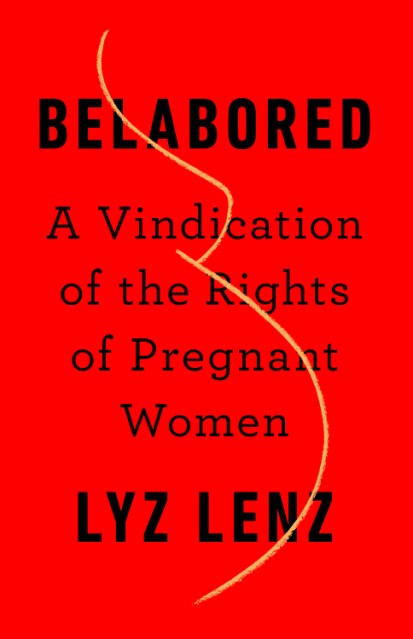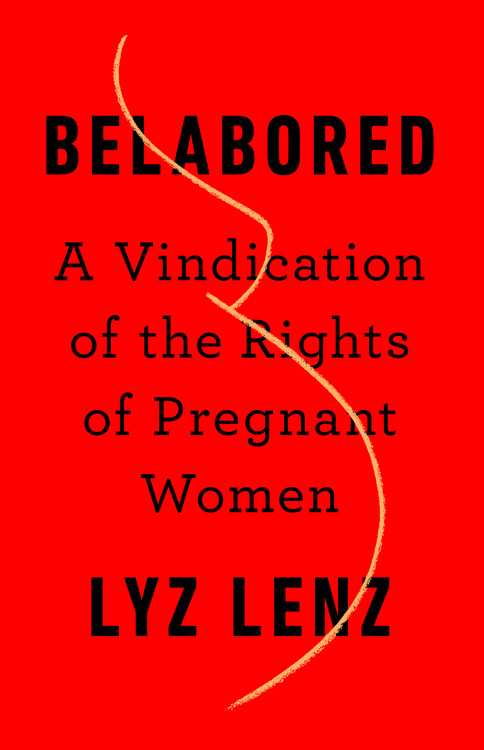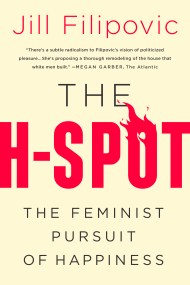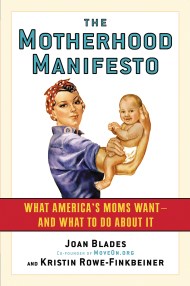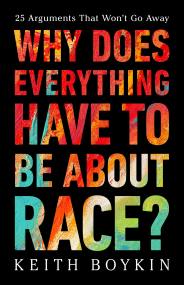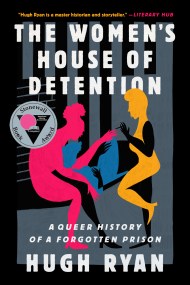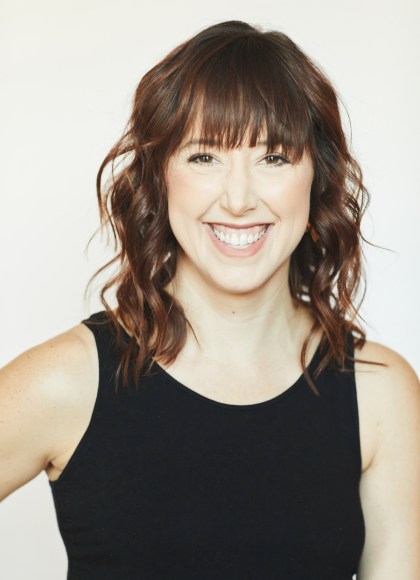Belabored
A Vindication of the Rights of Pregnant Women
Contributors
By Lyz Lenz
Formats and Prices
Price
$26.00Price
$33.00 CADFormat
Format:
- Hardcover $26.00 $33.00 CAD
- ebook $15.99 $20.99 CAD
- Audiobook Download (Unabridged)
This item is a preorder. Your payment method will be charged immediately, and the product is expected to ship on or around August 11, 2020. This date is subject to change due to shipping delays beyond our control.
Also available from:
Lyz Lenz's writing can "make you cry in one paragraph and snort-laugh in the next" (Chloe Angyal, Vice News). With a blend of wit, snark, and raw intimacy, Belabored shows how religious, historical, and cultural myths about pregnancy have warped the way we treat pregnant people: when our representatives enact laws criminalizing abortion and miscarriage, when doctors prioritize the health of the fetus over the life of the pregnant patient in front of them, when baristas refuse to serve visibly pregnant women caffeine. She also reflects on her own experiences of carrying her two children and seeing how the sacrifices demanded during pregnancy carry over seamlessly into the cult of motherhood, where women are expected to play the narrowly defined roles of "wife" and "mother" rather than be themselves.
Belabored is an urgent call for us to trust women and let them choose what happens to their own bodies, from a writer who "is on a roll" (Bitch Magazine).
-
"A thoughtful, impassioned look at mothers and mothering."Kirkus
-
"With wit and deadly seriousness, Lenz draws attention to the rising rate of maternal mortality in the U.S. and calls for an update to the way people view pregnancy in America."Time Magazine
-
"In a voice full of humor, passion and urgency, Lenz asks that women be the ones making decisions about their bodies."Time Magazine
-
"Lenz deftly skewers all of the stereotypes around pregnancy and motherhood in her wonderful, must-read."New York Journal of Books
-
"Lyz Lenz is brilliant, and if you haven't ordered her book yet, what are you even doing with your life?"Jessica Valenti, author of Sex Object
-
"In Belabored, Lyz Lenz burrows inside our culture's myths and fantasies about motherhood, mining her own deeply personal experiences to reveal a far uglier and more complex truth. Lenz is that smart, acid-tongued friend who entertains you with jaw-dropping stories while daring you to think more deeply. Belabored is riveting, riotous, and bracingly honest."Pamela Colloff, senior reporter at ProPublica and staff writer at the New York Times Magazine
-
"This book is just wonderful, a pure distillation of righteous fury that is always timely, but especially now."Sarah Weinman, author of The Real Lolita
-
"Deeply researched, infinitely inclusive, and a scorching page-turner, Belabored is required reading for anyone interested in the human goddamn race."Megan Stielstra, author of The Wrong Way to Save Your Life
-
"I regularly turn to Lyz Lenz for writing that is incisive, funny, and compellingly furious."Rebecca Traister, author of Good and Mad
- On Sale
- Aug 11, 2020
- Page Count
- 240 pages
- Publisher
- Bold Type Books
- ISBN-13
- 9781541762831
Newsletter Signup
By clicking ‘Sign Up,’ I acknowledge that I have read and agree to Hachette Book Group’s Privacy Policy and Terms of Use
